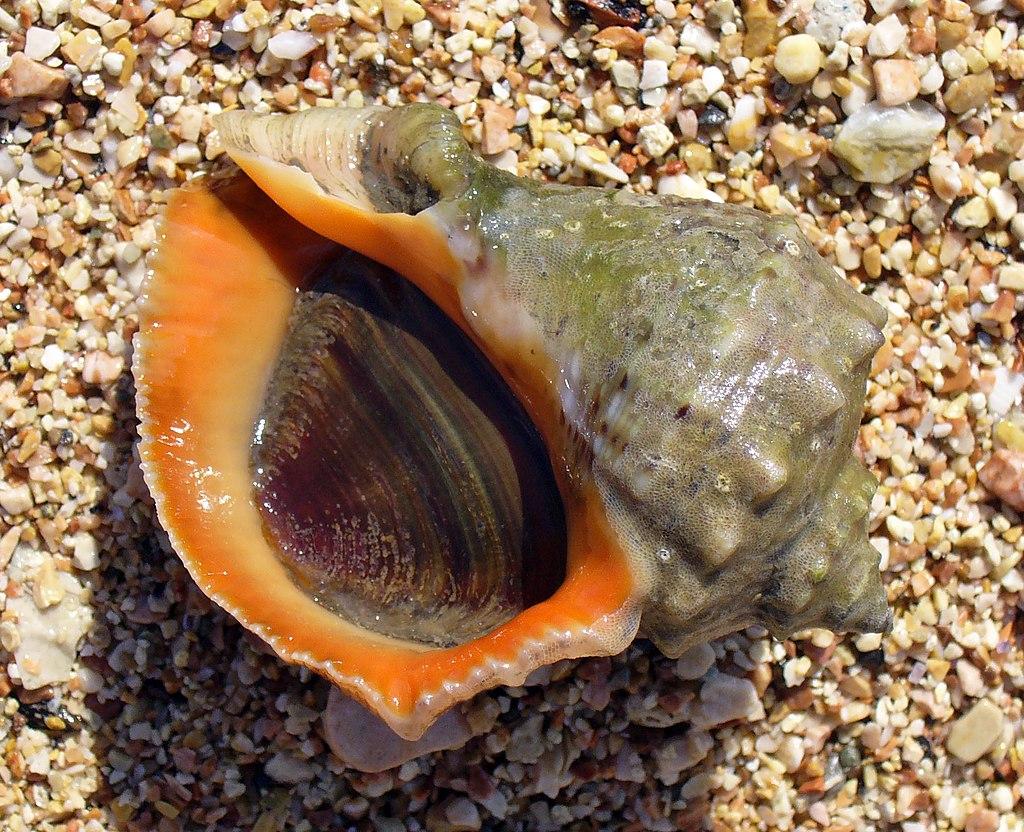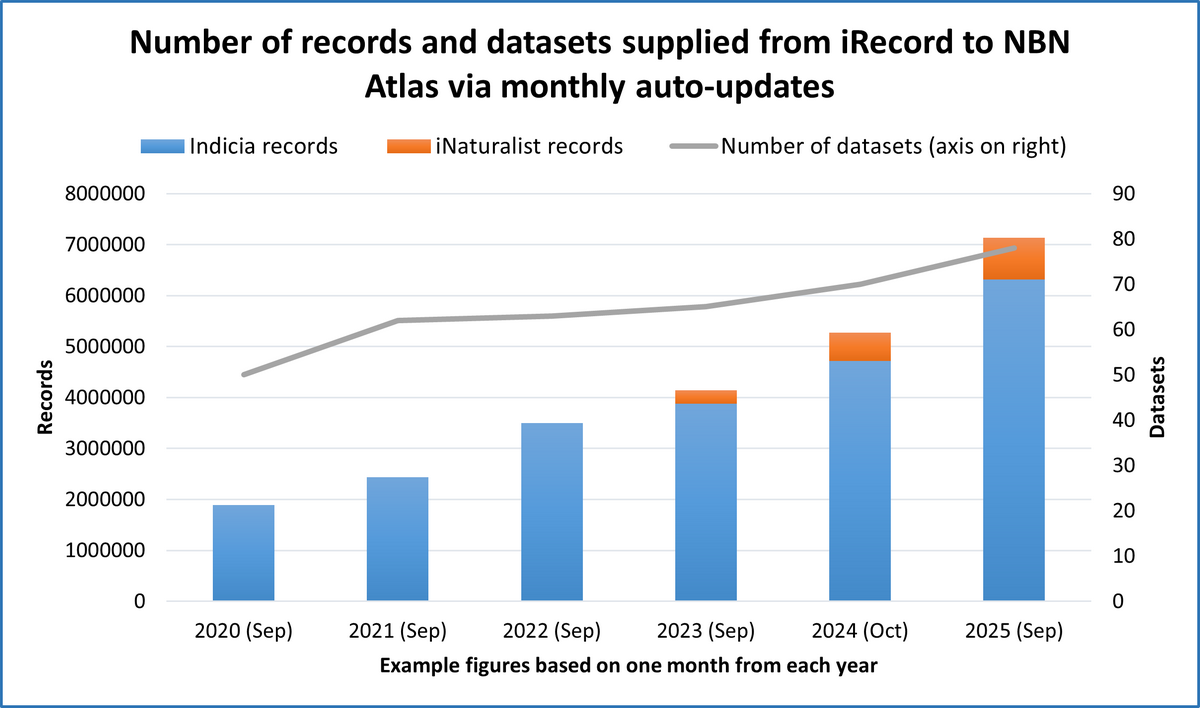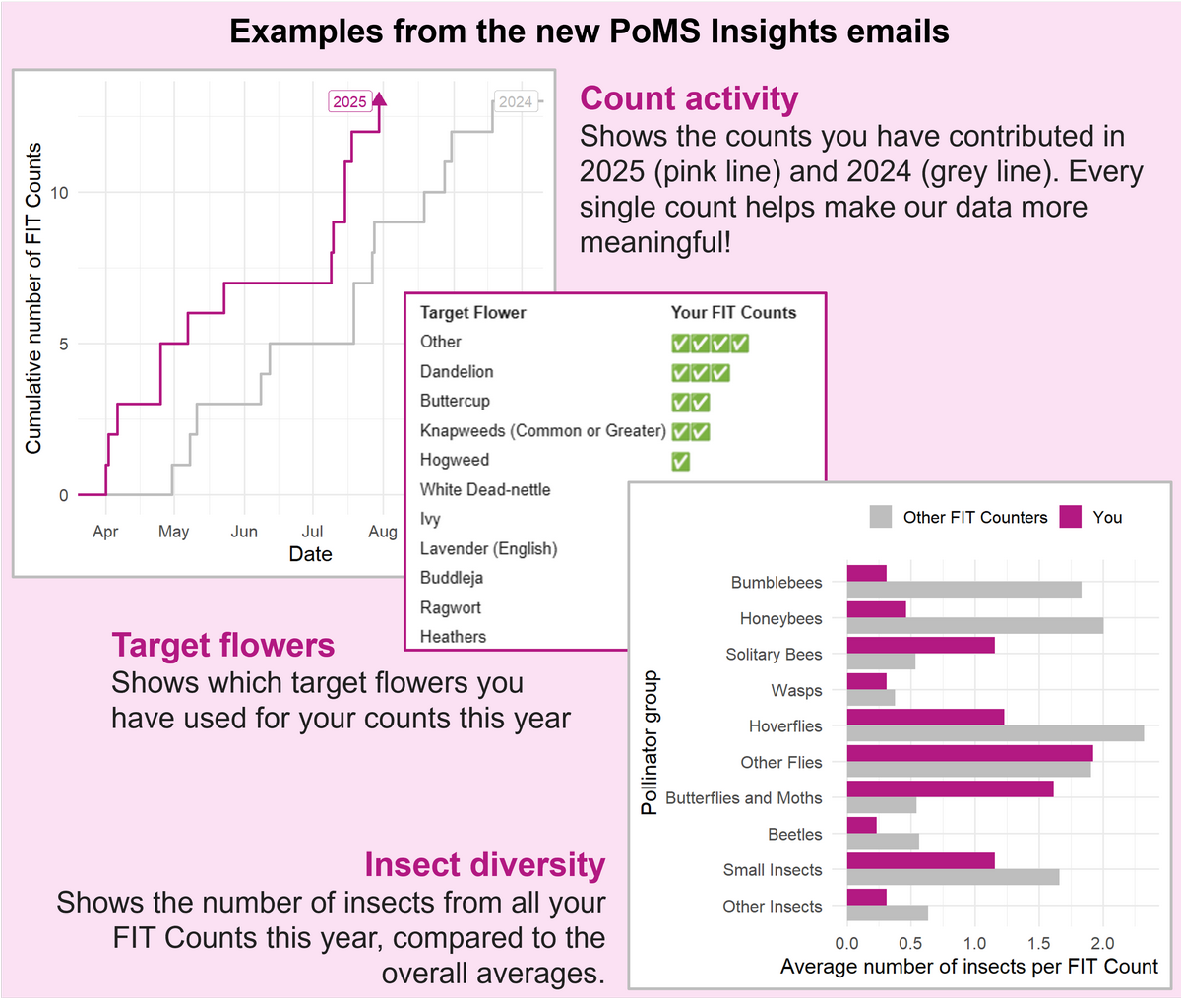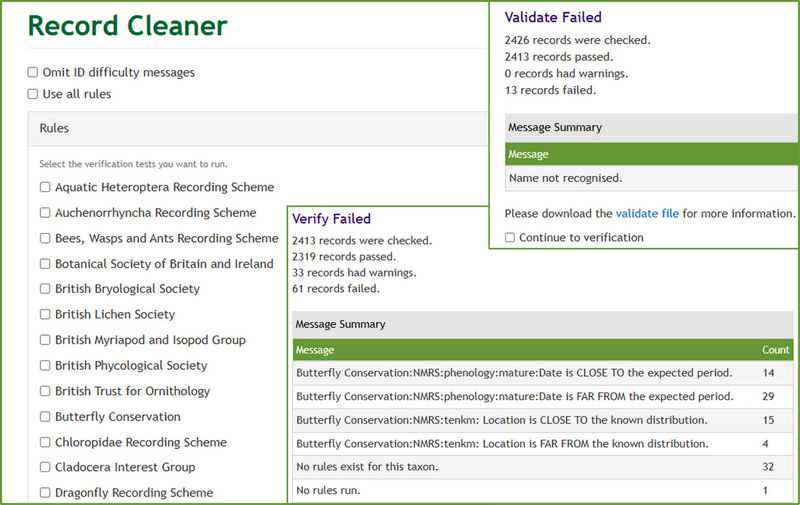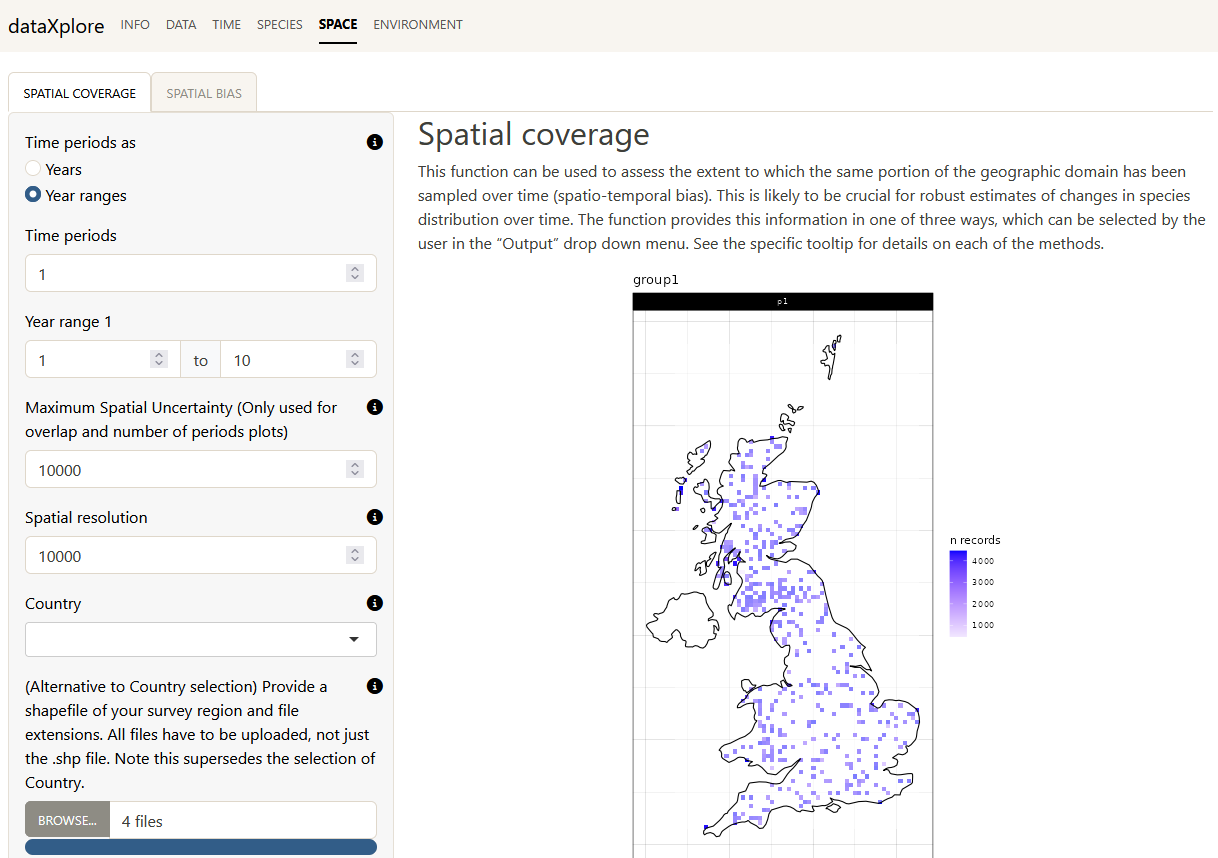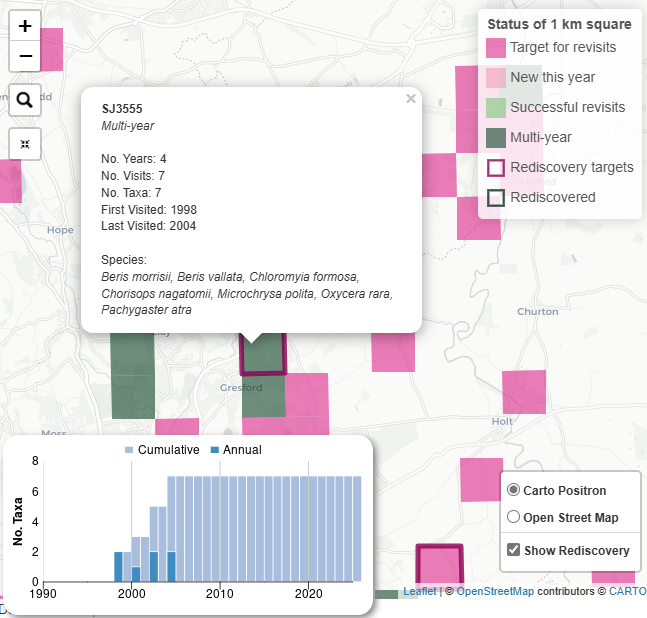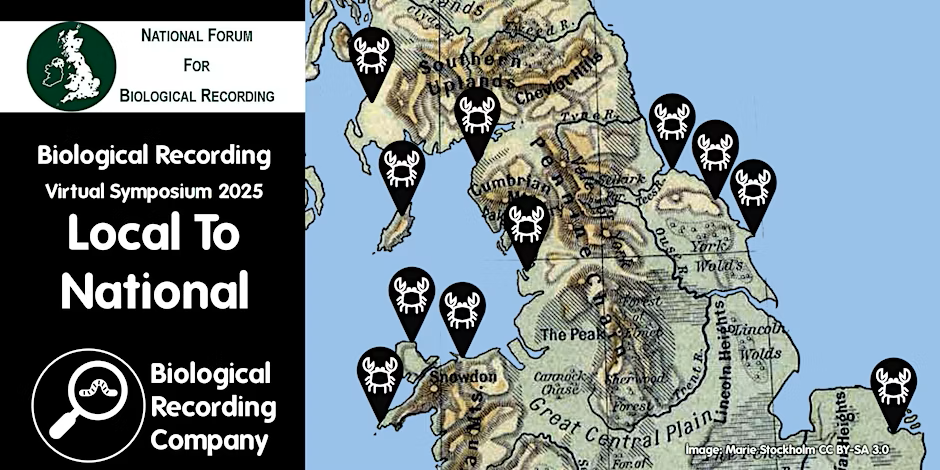iRecord App
Redirecting...
Non-native species news
We have been developing an annual trend in the number of establishments of invasive and non-native species for GB using first record dates and establishment status information from the GBNNSIP. The model predicts there were 2.4 (between 0.9 and 6.3) invasive non-native species establishments per year in 2000, meaning that to achieve the GBF target of 50% reduction of INNS establishments by 2030 would require preventing the establishment of approximately 1.2 invasive non-native species each year.
Recording practices of dragonfly recorders
We first asked about platform choices for recording (Fig. 1). iRecord was the most popular platform, but platform choice was determined by multiple factors. Many people mentioned preferring general apps so they can use the same app for different organisms. Others mentioned the importance of simplicity and useful tools (e.g. being able to easily see, upload or download personal observations). Verification of observations was also mentioned by many as important to motivate efforts and choice of platform.
